
Antarctica, a land of extreme cold and ice, conceals a surprising array of bizarre organisms beneath its surface. While the vast icy landscape may seem inhospitable, life has found a way to thrive. From peculiar microbes to unusual sea creatures, these organisms reveal the wonders of adaptation in one of the harshest environments on Earth.
Ice-Dwelling Microbes
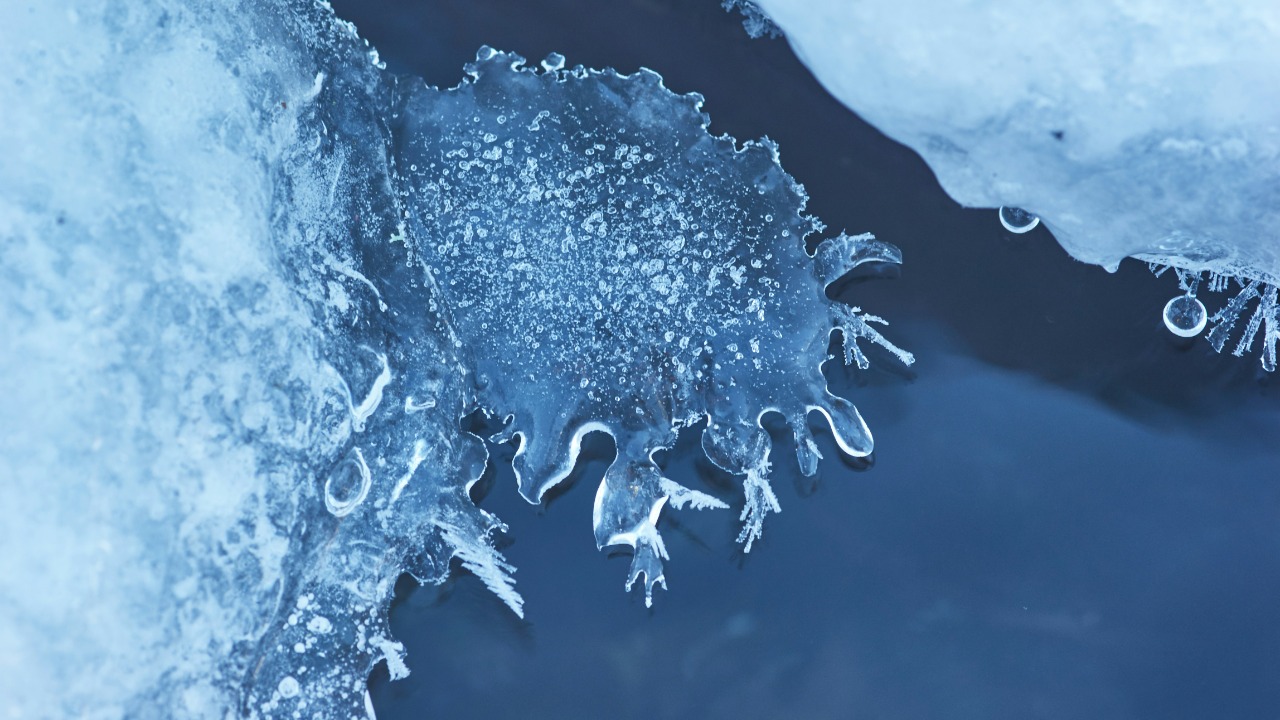
Ice-dwelling microbes are small but mighty players in Antarctica’s ecosystem. These tiny organisms, often found in subglacial lakes or within the ice itself, have adapted to survive extreme cold and darkness. They are crucial in nutrient cycling and provide insights into potential life on other icy worlds. By studying these microbes, scientists can better understand the resilience and adaptability of life under extreme conditions.
Antarctic Scale Worm
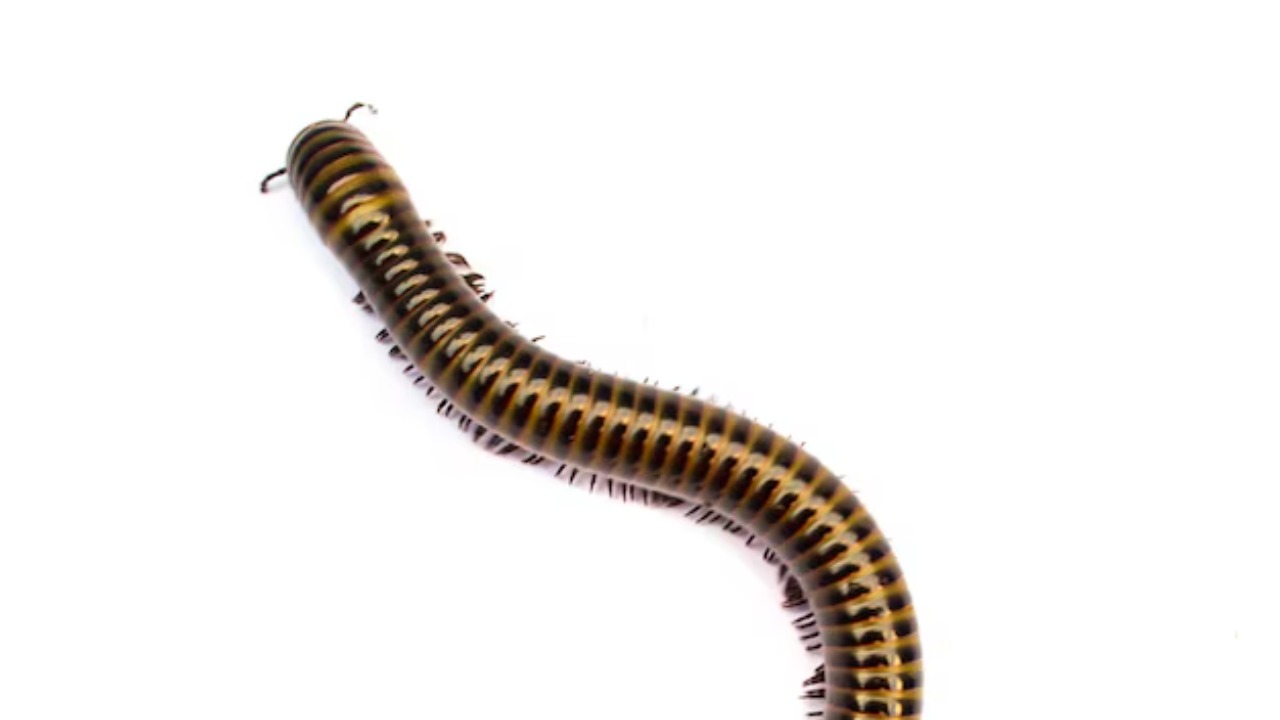
The Antarctic scale worm, a creature that looks like it stepped out of a science fiction novel, is a fascinating inhabitant of the Southern Ocean’s depths. Known for its iridescent scales and segmented body, this worm thrives in the cold, dark waters. Its robust setae help it navigate and anchor itself to the ocean floor. Despite its fearsome appearance, the scale worm plays a vital role in the benthic ecosystem, contributing to the complex food web.
Emperor Penguin Lice
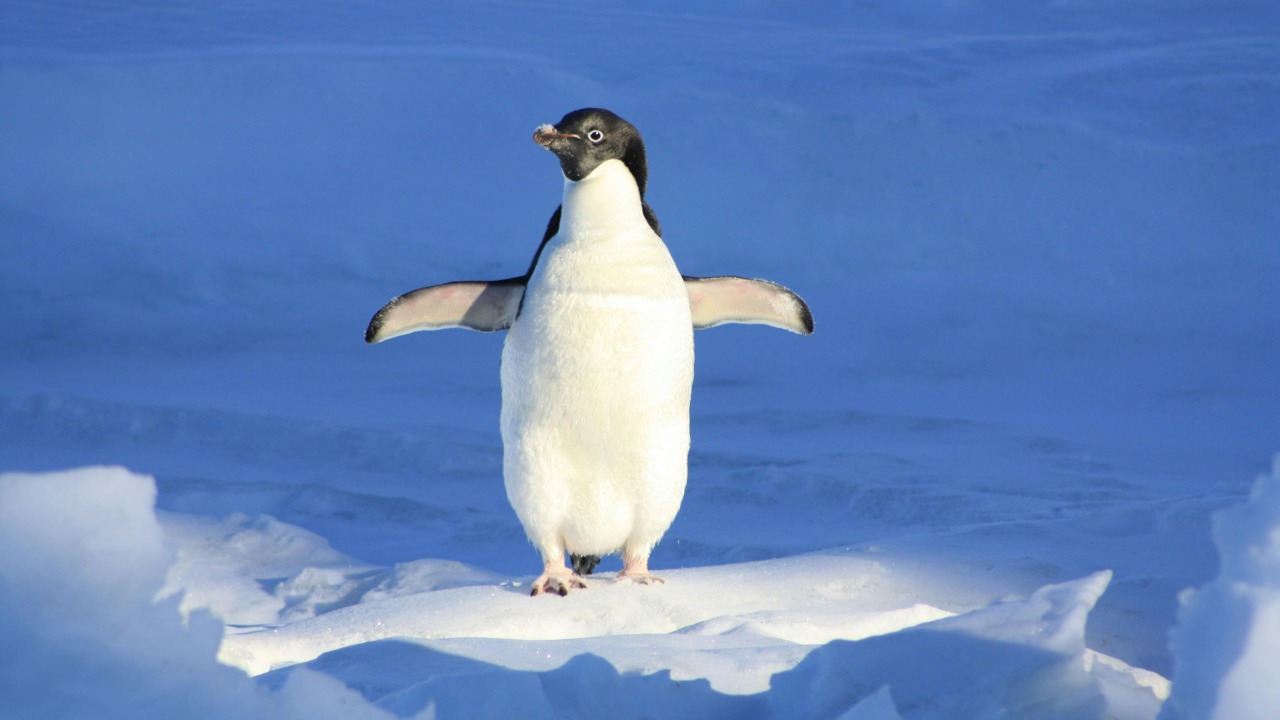
Emperor penguin lice are specialized parasites that have evolved to survive the frigid conditions of Antarctica. These lice live exclusively on emperor penguins, maintaining a delicate balance with their hosts. Their presence highlights the intricate relationships between species in extreme environments. Studying these lice offers insights into evolutionary adaptation and the impact of climate change on host-parasite dynamics.
Giant Sea Spiders
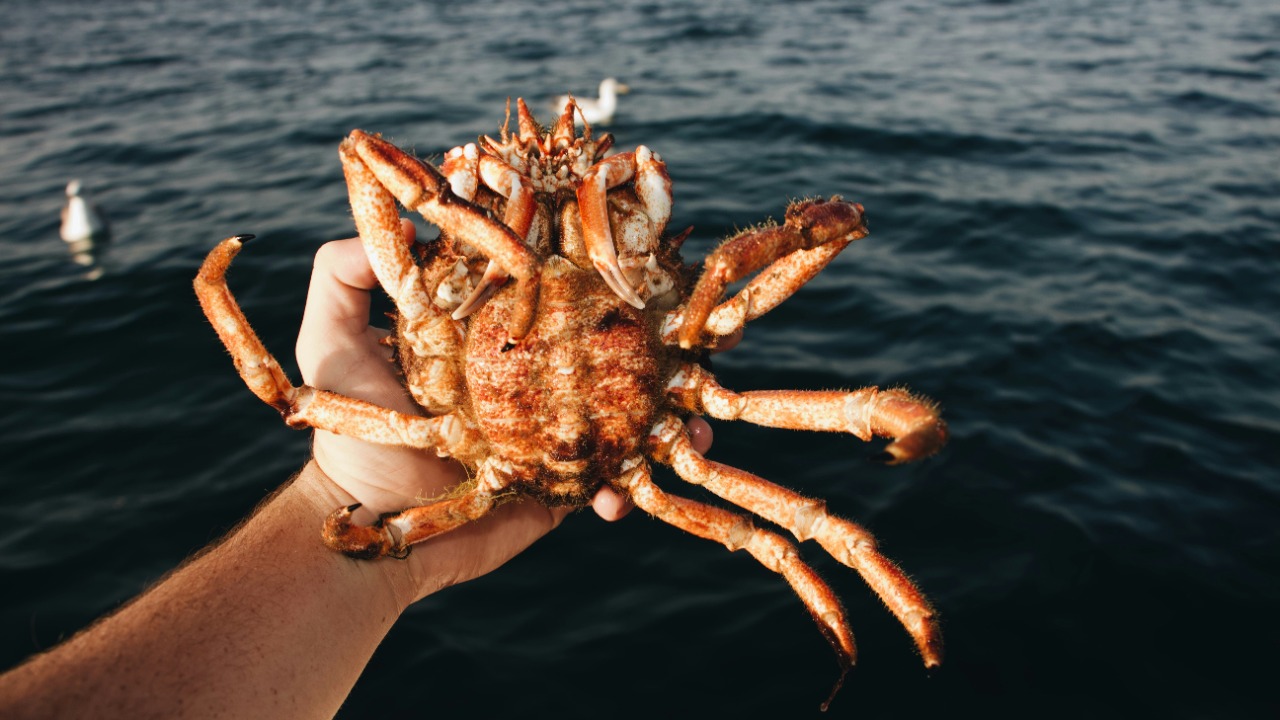
Giant sea spiders, also known as pycnogonids, are enigmatic creatures that inhabit the icy waters of Antarctica. Unlike typical spiders, these marine arthropods have long, spindly legs and a small body. They feed on soft-bodied invertebrates by using their proboscis to suck out nutrients. Their unusual physiology and gigantic size, compared to relatives in warmer waters, make them a subject of interest for biologists studying polar gigantism.
Transparent Icefish
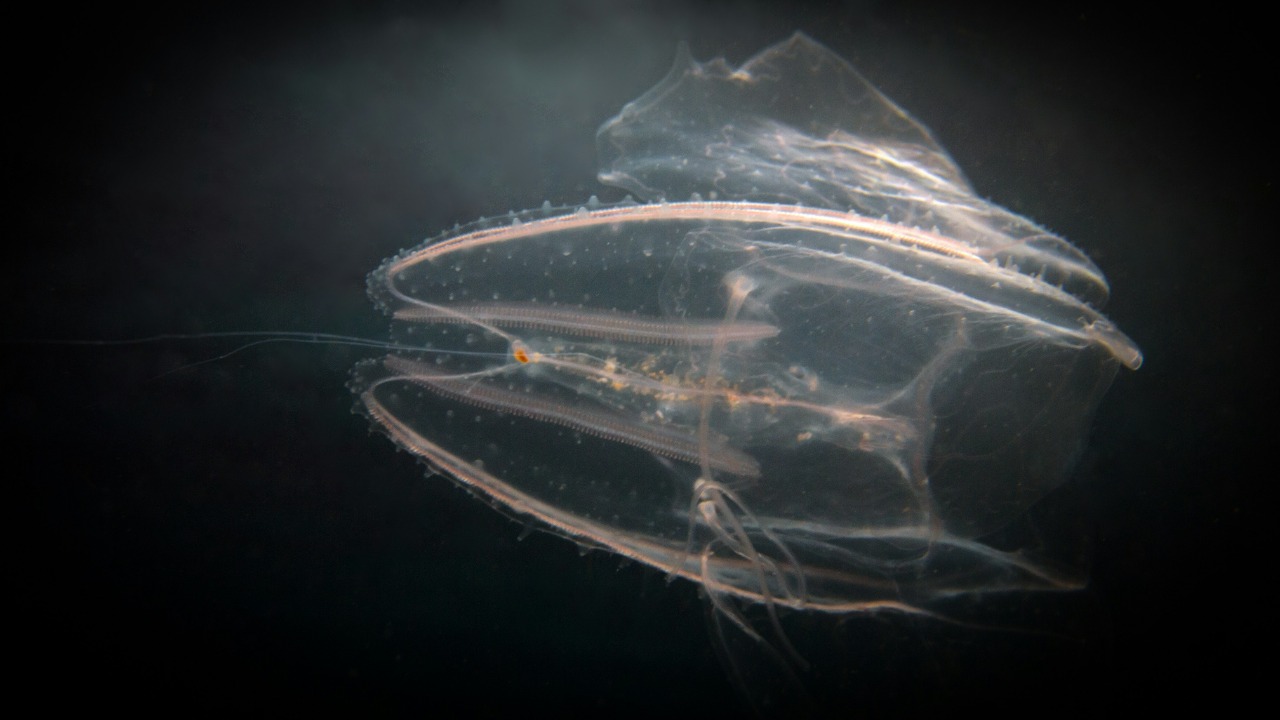
The transparent icefish is a remarkable example of evolutionary adaptation. These fish possess clear blood due to the absence of hemoglobin, an adaptation that allows them to survive in the oxygen-rich waters of Antarctica. Their unique physiology enables them to thrive in temperatures that would be lethal to most fish. The icefish’s translucent body and lack of scales further contribute to its survival in this extreme environment.
Deep-Sea Anemones
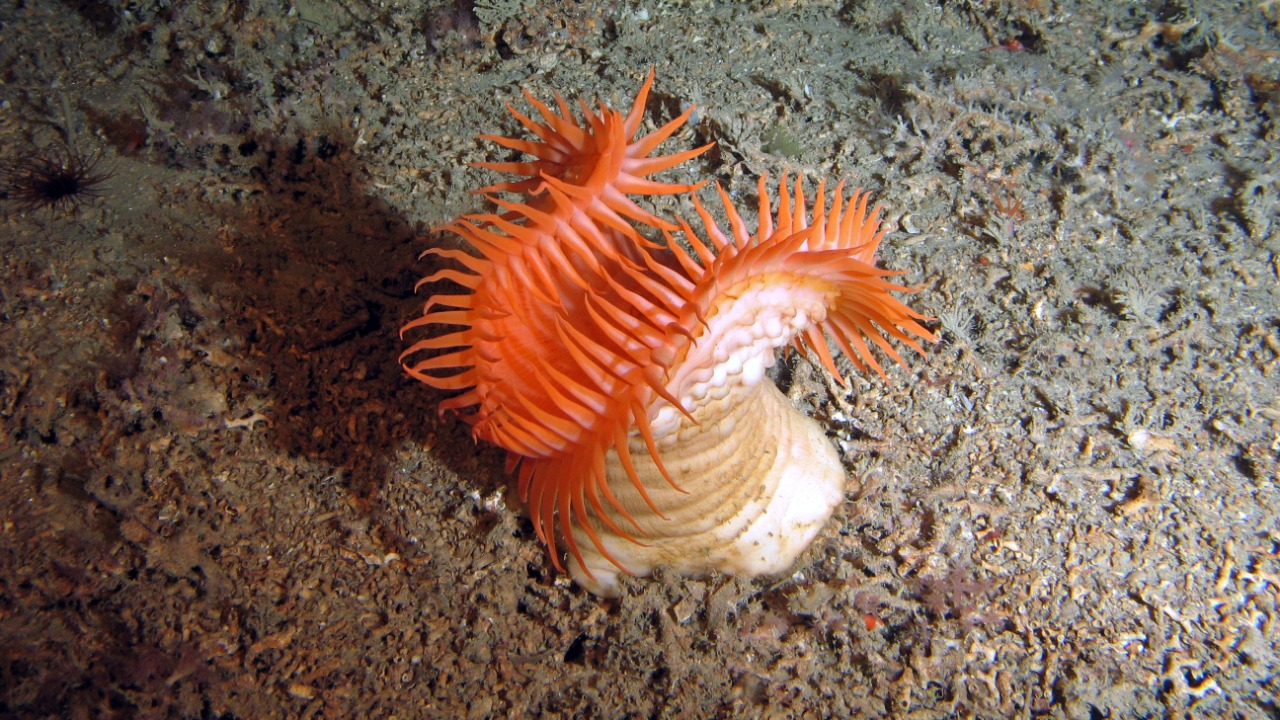
Deep-sea anemones are vibrant fixtures in the Antarctic underwater landscape. These colorful creatures anchor themselves to the seafloor, capturing passing prey with their tentacles. Despite the harsh conditions, deep-sea anemones thrive, showcasing the resilience and adaptability of life beneath the ice. Research into these anemones helps scientists understand biodiversity in extreme environments and the potential impacts of climate change on these unique ecosystems.
Brinicle Tube Worms
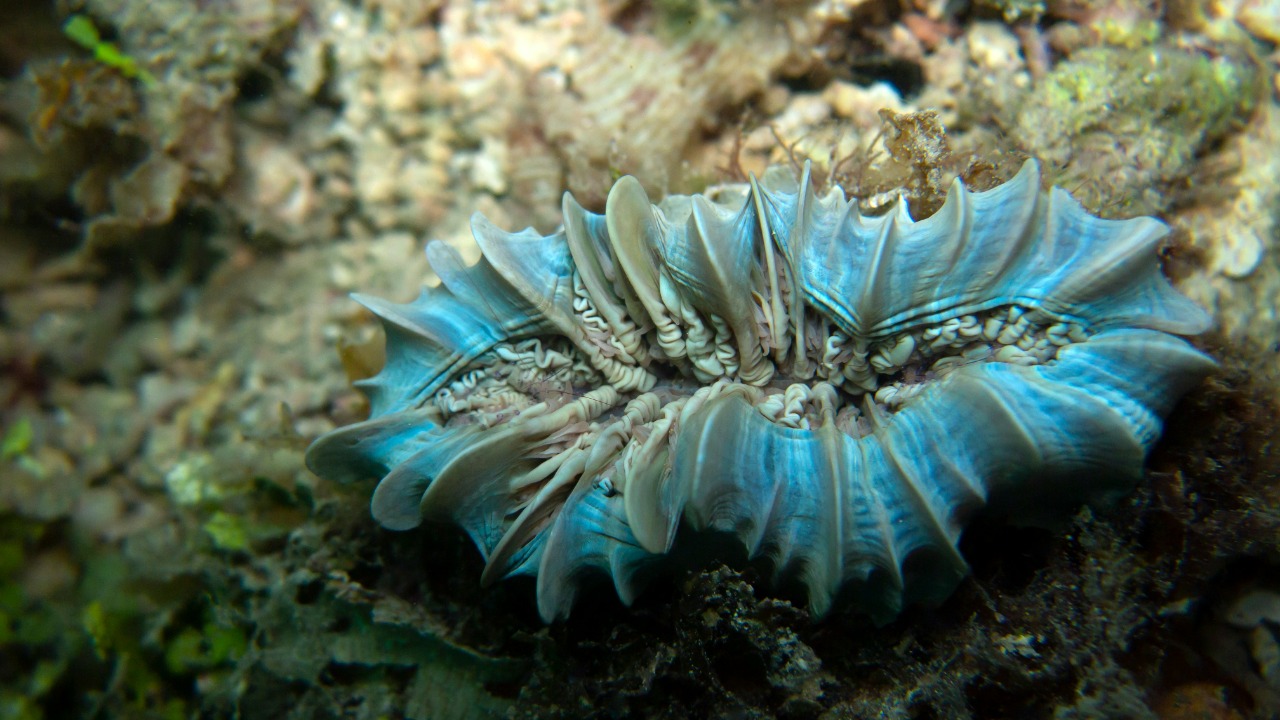
Brinicle tube worms are intriguing organisms found in the frigid waters of Antarctica. These worms reside near brinicles, also known as “ice stalactites,” which form when saline water from the ice mixes with the ocean, creating a freezing column. The tube worms have adapted to this unique habitat, surviving in temperatures that would be prohibitive for many other forms of life. Studying these worms offers insight into the extreme adaptability of organisms in hostile environments.